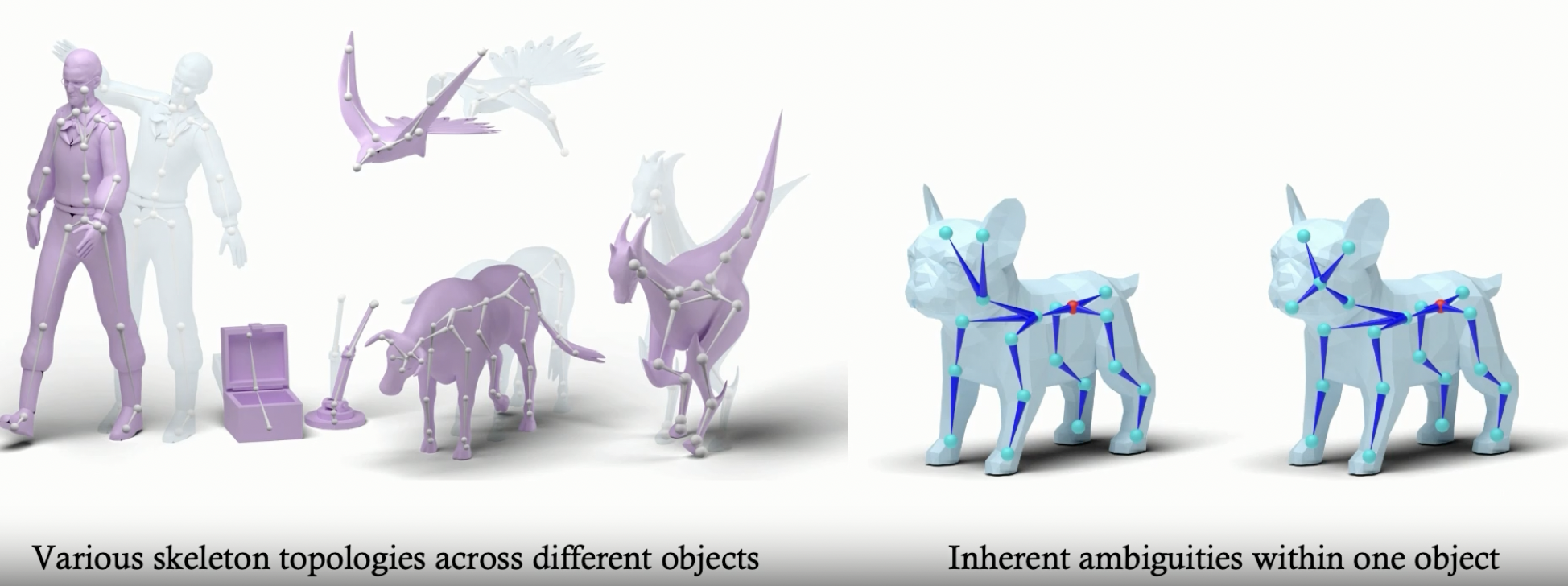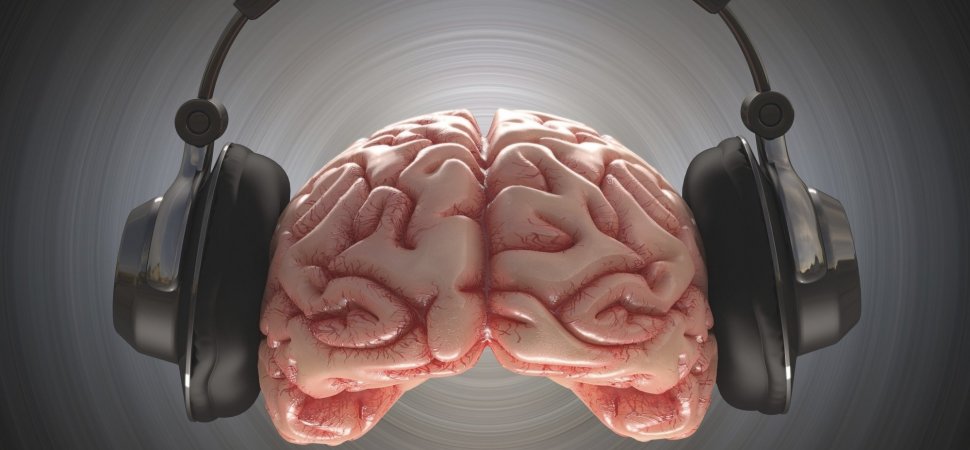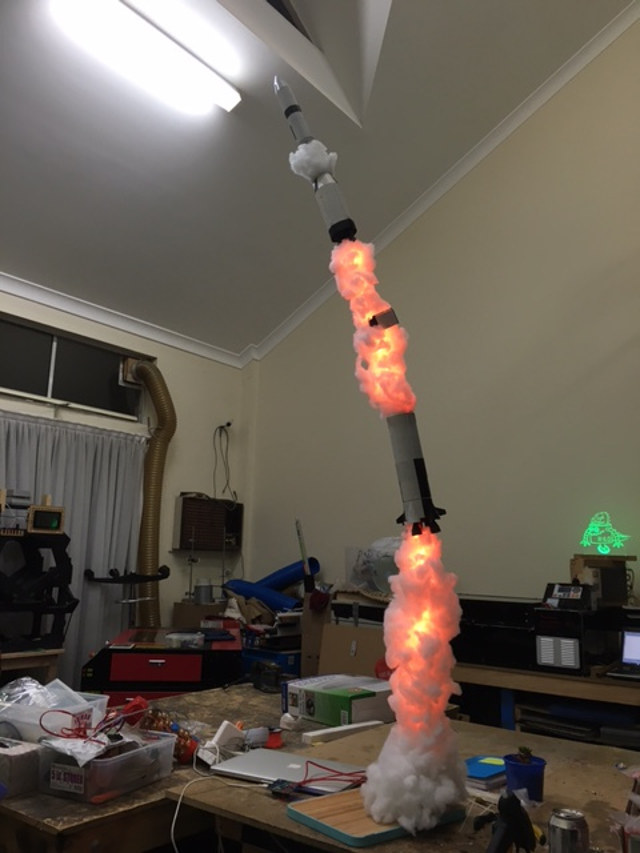BREAKING NEWS
LATEST POSTS
-
5 Thought Experiments That Will Melt Your Brain
1- the basic concept of the “Swampman” thought experiment posited by the philosopher Donald Davidson in the late-1980s. In this experiment a man is traveling through a swamp and killed by a bolt of lightning, but — by sheer chance — another bolt of lightning strikes a nearby swamp and rearranges all the organic particles to create an exact replica (including all the memories and such) of the man who was killed. The new Swampman wakes up and lives the rest of the deceased man’s life.
2- Achilles and the tortoise are racing at constant speeds: Very fast and very slow, respectively. At some point in the race, Achilles reaches the tortoise’s original starting point. But in the time it took Achilles to get there, the tortoise has moved forward. So, then Achilles’s next task would be to make up the new gap between himself and the tortoise, however by the time he did that, the tortoise would have again moved forward by some smaller amount. The process then repeats itself again and again. Achilles is always faced with a new (if smaller) gap to overcome. The takeaway: The great Achilles loses a race to a big dumb lumbering tortoise and no deficit is ever surmountable.
3- let’s say you just froze time at some point along an arrow’s trajectory . At that particular instant, the arrow is suspended in space in a single location. In any one instant of time, no motion is occurring. The arrow can only be in one place or the other and never in-between. So, how does it get from one instant to another if there is never a moment when it is in between the two places?
4- the question at hand is would a blind person who learned to distinguish basic shapes by touch be able to distinguish those objects when he suddenly received the power of sight? In other words, does information from one sensation translate to another, or do we associate them only in our minds?
https://news.psu.edu/story/141360/2006/04/17/research/probing-question-if-blind-person-gained-sight-could-they-recognize
5- You are on a bridge overlooking a set of trolley tracks and you notice that five people have been tied down to the tracks by a devious (and presumably moustache-twirling) villain. Then you see an out-of-control trolley barreling down the tracks that will certainly kill the unfortunate people unless someone intervenes. you realize that you are sharing your bridge with a gigantic fat man, who — if you were to push him in front of the trolley — would have enough girth to stop the trolley and save the five bound people, though he will certainly be killed.You are now faced with the following options: 1) Do nothing and the five people will die, or 2) Push the fat man in front of the trolley and sacrifice him for the five people. In either scenario, are you at all culpable in these innocent people’s deaths? Should the law make any distinction?
FEATURED POSTS
-
RigAnything – Template-Free Autoregressive Rigging for Diverse 3D Assets
https://www.liuisabella.com/RigAnything
RigAnything was developed through a collaboration between UC San Diego, Adobe Research, and Hillbot Inc. It addresses one of 3D animation’s most persistent challenges: automatic rigging.
- Template-Free Autoregressive Rigging. A transformer-based model that sequentially generates skeletons without predefined templates, enabling automatic rigging across diverse 3D assets through probabilistic joint prediction and skinning weight assignment.
- Support Arbitrary Input Pose. Generates high-quality skeletons for shapes in any pose through online joint pose augmentation during training, eliminating the common rest-pose requirement of existing methods and enabling broader real-world applications.
- Fast Rigging Speed. Achieves 20x faster performance than existing template-based methods, completing rigging in under 2 seconds per shape.

-
Magic Carpet by artist Daniel Wurtzel
https://www.youtube.com/watch?v=1C_40B9m4tI http://www.danielwurtzel.com









